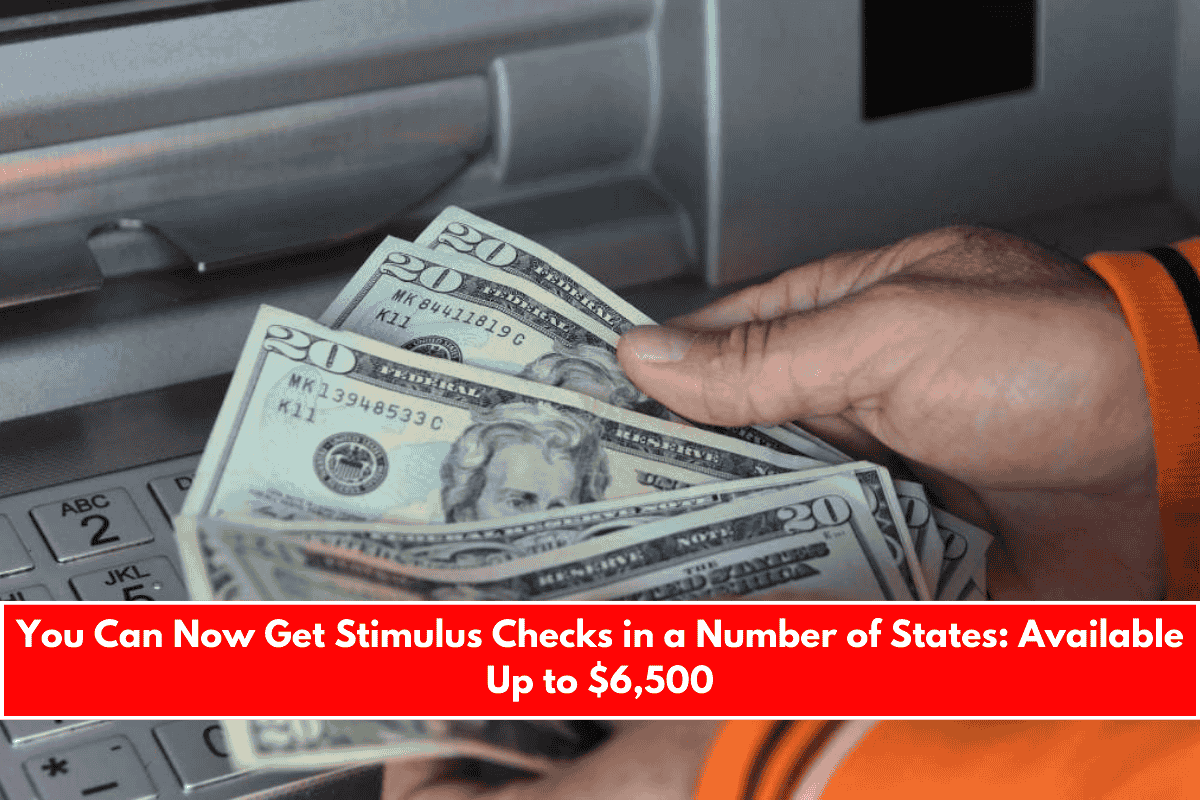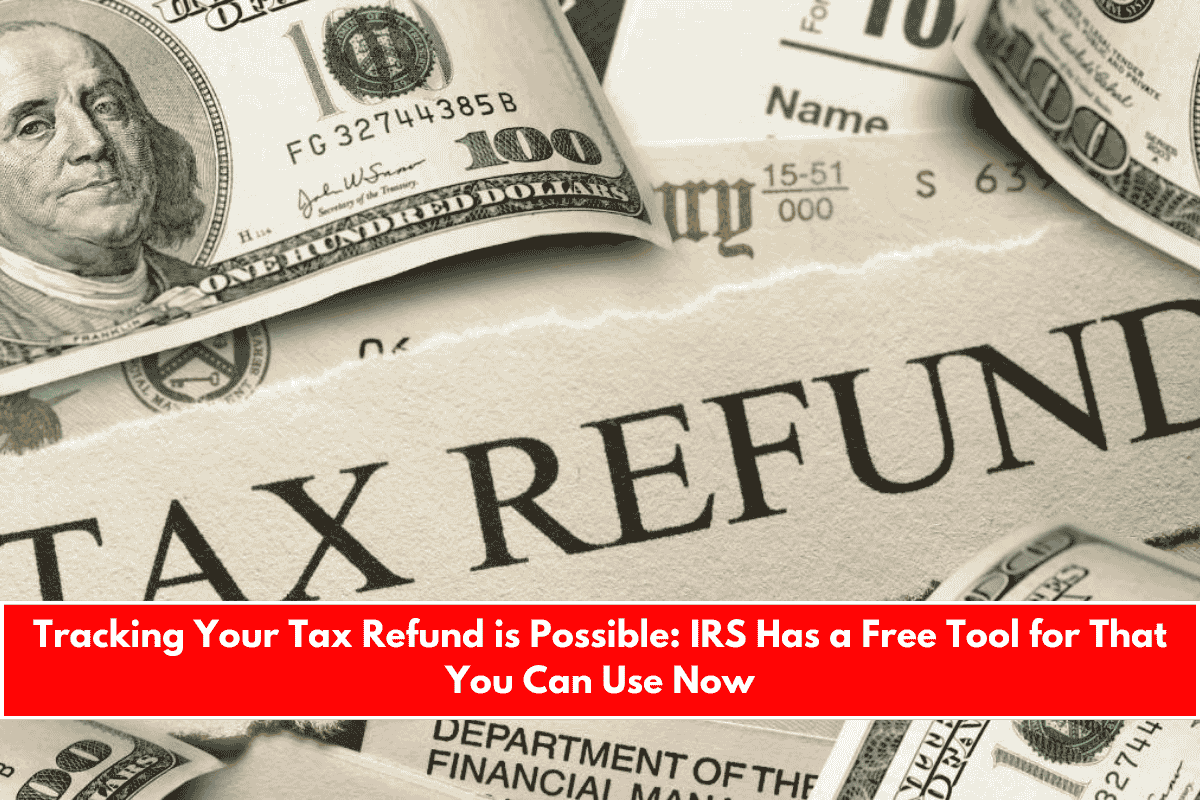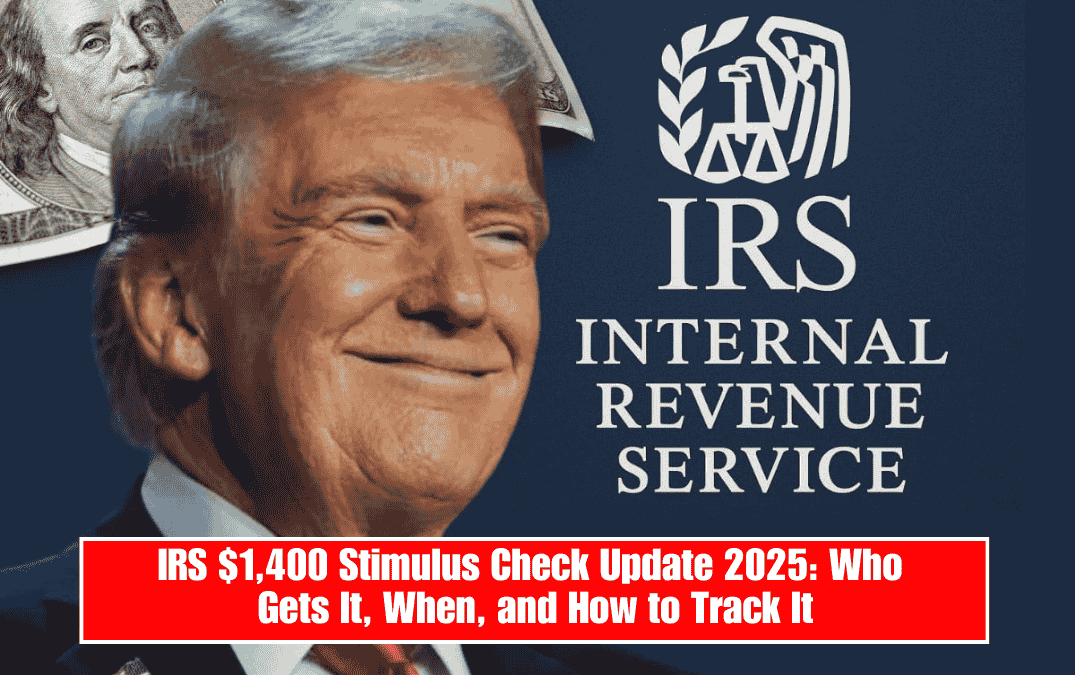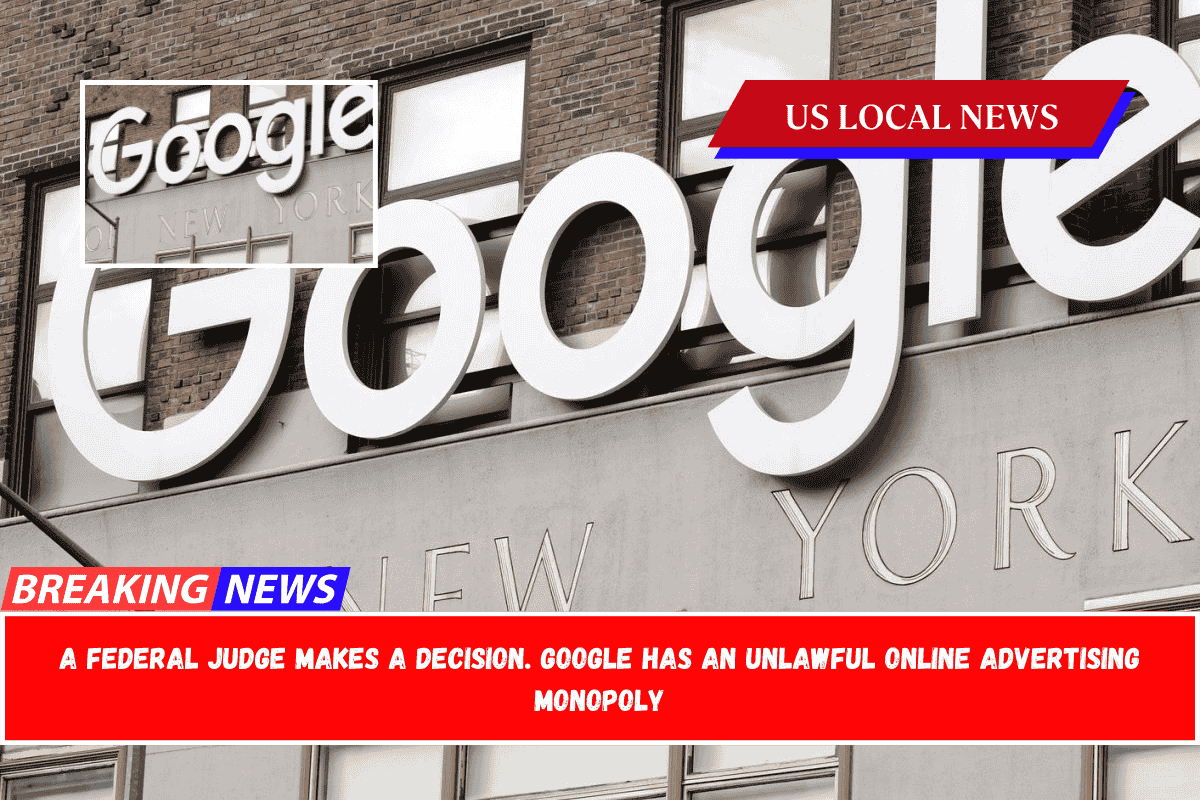Americans have always welcomed stimulus checks, especially during tough times like the COVID-19 pandemic. These payments helped millions of families and also gave the economy a much-needed boost. Both the Trump and Biden administrations issued stimulus checks, and people across the country were thankful.
Now in 2025, there’s new buzz about a different kind of stimulus—this time called DOGE dividends. This idea isn’t coming from the government as usual, but from a private sector proposal linked to Elon Musk and a businessman named James Fishback, CEO of Azoria Partners. The plan is still just a proposal, but it’s gaining a lot of attention.
Let’s break down what these DOGE dividends are, who might get them, and how they would work.
What Are DOGE Dividends and How Would They Be Funded?
The DOGE in this case stands for the Department of Government Efficiency, which is said to be overseen by Elon Musk. It’s not a real government department but more of a concept or campaign aimed at cutting wasteful government spending.
The original idea behind DOGE was to cut $2 trillion in government costs. Fishback’s proposal suggests that 20% of these savings—about $400 billion—be given back to American taxpayers in the form of $5,000 checks to eligible households.
However, recent updates by Musk in April 2025 reduced the savings estimate to just $150 billion for the next year. This has raised doubts about whether such large checks would still be possible.
Who Would Be Eligible for DOGE Dividends?
According to the plan, only households that pay net federal taxes would be eligible. That means the 79 million households who actually contribute more in taxes than they receive in credits.
Households with lower incomes might not qualify, because many of them receive more in tax credits than they pay in taxes. For example:
- The Tax Foundation says the bottom 50% of U.S. earners pay only about 3% of total federal income tax.
- A Pew Research study found that Americans making under $40,000 often receive more in benefits and credits than they pay in federal taxes.
So, people in these income brackets may not get DOGE dividends, since the plan is a refund from government savings, not a relief payment like during the pandemic.
Is There a Risk of Inflation?
During the COVID-19 pandemic, stimulus checks were funded by the government printing more money, which contributed to inflation. Fishback says this plan is different—it’s funded by government savings, not new money.
Still, some experts disagree. Joseph Camberato, CEO of National Business Capital, says even if it’s a one-time payment, it still adds more money into the economy, which could lead to higher prices. He believes that, just like before, any large cash payout could fuel inflation, even if it’s temporary.
What Has Elon Musk Said?
Elon Musk reacted to the DOGE dividend idea on his social media platform X (formerly Twitter). He said he would talk to President Trump about it, but there hasn’t been any further update since then.
So, while Musk has shown interest, there’s still no official confirmation that the DOGE plan will move forward, or that any stimulus checks will be sent out.
The idea of DOGE dividends—$5,000 checks for tax-paying households—is an interesting and ambitious proposal. It promises to reward Americans using savings from reduced government spending instead of increasing national debt.
However, with Elon Musk reducing projected savings and experts warning about inflation risks, it’s still unclear if this plan will actually happen. And since it excludes lower-income households, many Americans might not benefit from it even if it goes forward.
For now, the DOGE dividend remains just a proposal, but it’s one that has sparked new discussions about how the government spends—and saves—money.















